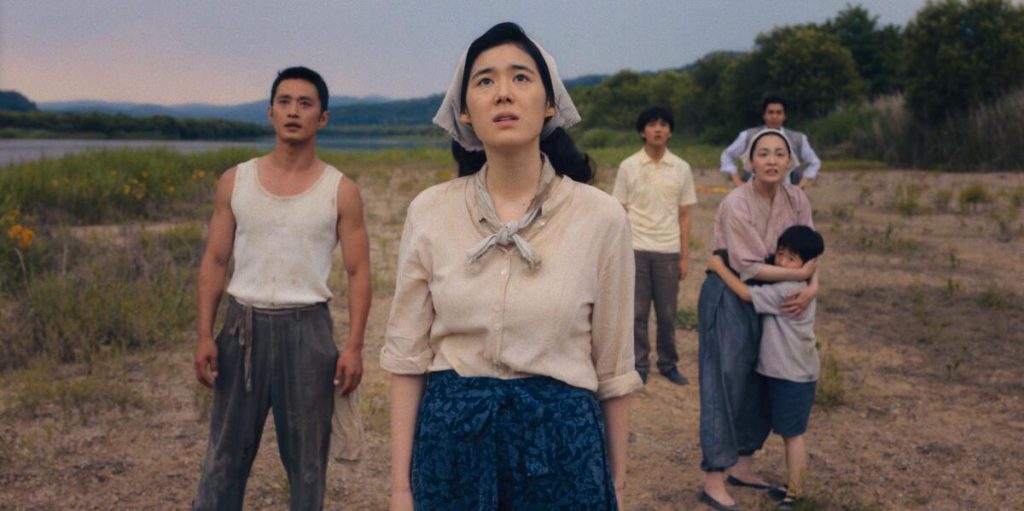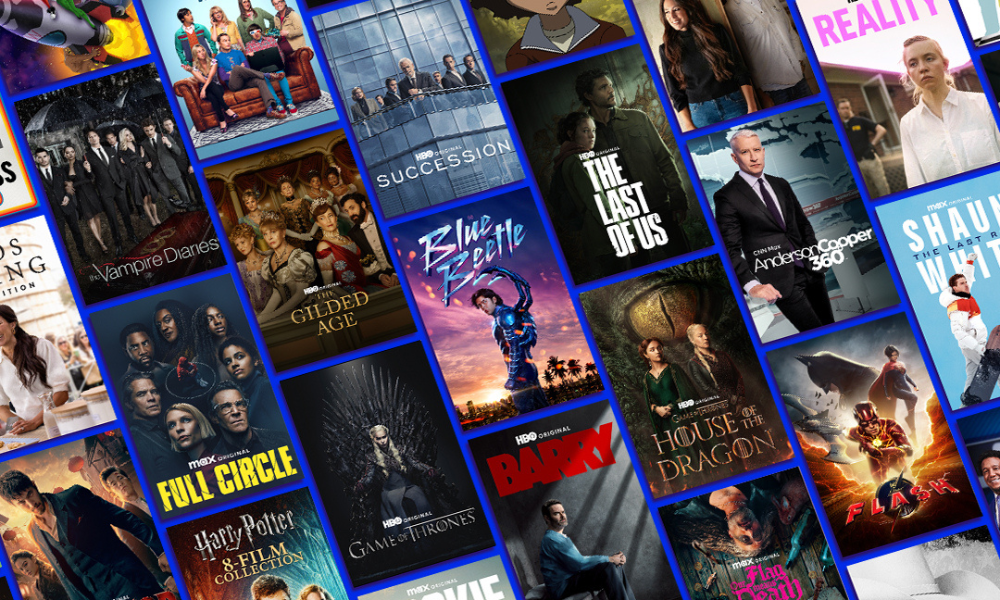
Pachinko’s first season wowed viewers with its expansive narrative. Spanning two timelines, it journeyed from a tiny island near Busan in 1915 to Tokyo’s hustle in 1989. Like Min Jin Lee’s novel, it wove an intimate family tale while shedding light on the complex history of Koreans in 20th-century Japan. Season 2 maintains this approach, even as it narrows its focus to the tail end of World War II and 1989. This tighter timeframe highlights the profound shifts in Japan and the Korean community’s ongoing struggle for belonging.
The new season picks up where we left off. Young Sunja (Minha Kim in earlier scenes, Yuh-Jung Youn in 1989) fights to keep her family afloat in Osaka’s Koreatown. With her husband jailed and wartime shortages biting, she relies on kimchi sales. Koh Hansu (Lee Minho), her older son Noa’s father, offers help, but Sunja resists – until desperation forces her hand.
Fast forward to the late ’80s, and Sunja’s grandson Solomon (Jin Ha) grapples with his own crisis. After a compassionate act derailed his career, he’s desperate to climb back up the ladder. But each step seems to demand a moral compromise. Meanwhile, Sunja’s other son Mozasu (Soji Arai) faces financial hurdles as he expands his pachinko business. Amidst these challenges, Sunja finds an unexpected connection with a Japanese man (Jun Kunimura, fresh from his role in Sunny).
The contrast between these timelines underscores the massive changes in Japan and the Korean community’s persistent sense of displacement. Despite the narrower time frame, Pachinko’s second season maintains its predecessor’s ability to blend personal stories with broader historical context. It continues to explore themes of identity, belonging, and the lasting impact of historical events on individual lives.
Through its rich character development and nuanced storytelling, Pachinko Season 2 promises to deepen our understanding of this family’s journey. It invites viewers to reflect on the complexities of cultural identity and the enduring strength of family bonds across generations and borders.
As the two timelines in the series draw closer, we gain a deeper sense of connection with the characters. It becomes easier to link their past selves with their future identities. This is partly due to the merging of their stories. For example, we see the early roots of Mozasu’s fascination with pachinko. But it’s also thanks to the cast’s performances and the creative team’s focus on creating echoing moments across time.
In one episode, we see Sunja’s first time at a Mexican restaurant, enjoying the attentive service and strong drinks. This scene is juxtaposed with Sunja in war-torn Osaka, tirelessly serving noodles. Though played by different actresses years apart, they’re clearly the same person. This is just one example of how Pachinko’s acting, writing, directing, and editing work together to elevate the show.
The cast continues to impress, with new additions like Sungkyu Kim as Hansu’s employee tasked with watching Sunja’s family. His character develops feelings for Sunja’s sister-in-law, Kyunghee (Eunchae Jung). While the entire ensemble shines, Kim and Youn stand out with their powerful performances in both time periods.


